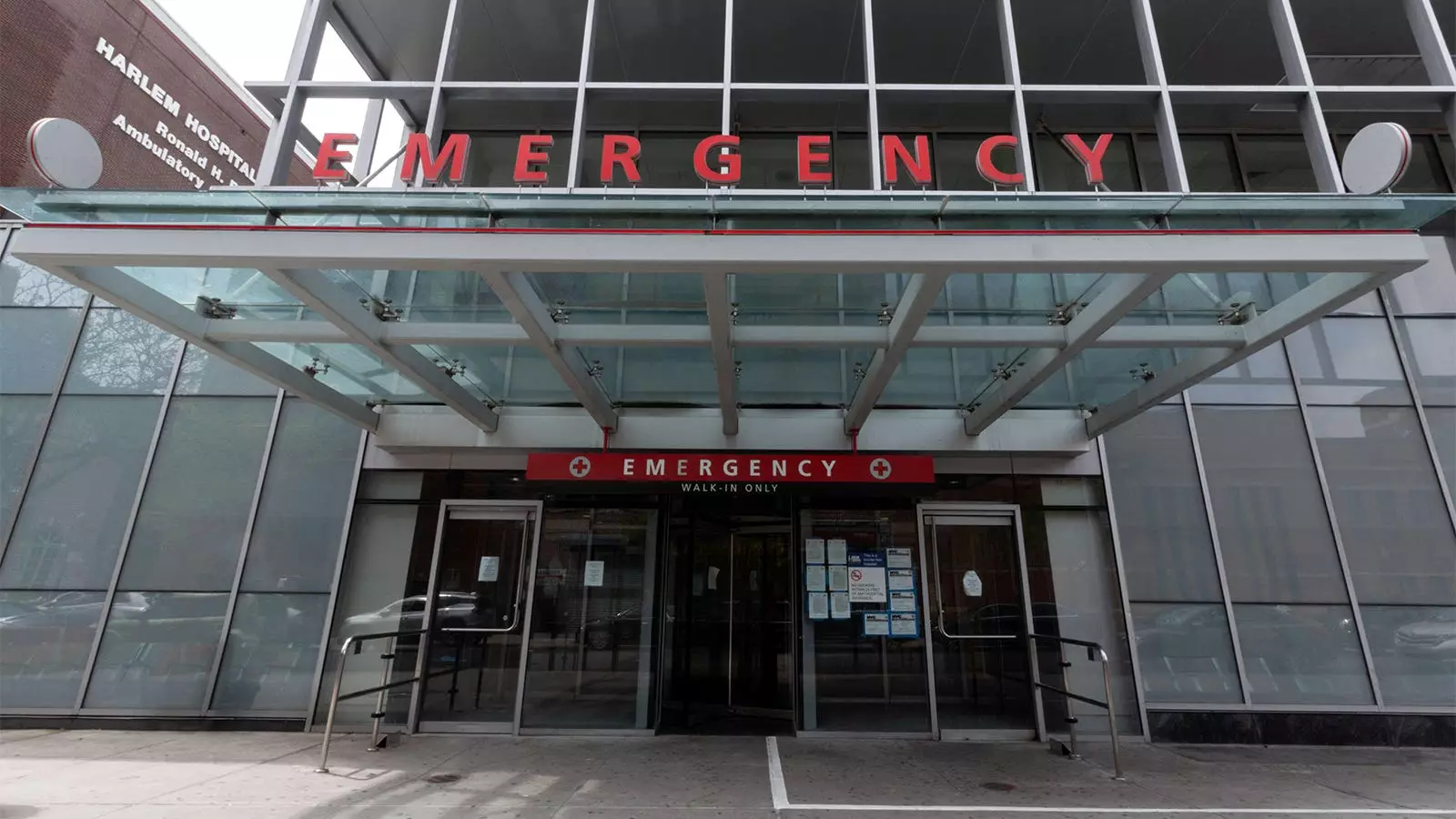Emergency physicians face an alarming rate of burnout, three times higher than the average doctor. Many attribute this burnout to the interference of contract management groups (CMGs) in the physician-patient relationship and the erosion of the specialty itself. Within the 24,000-member Facebook group EMDocs, CMGs are often vilified as sources of immense wickedness. While the frustration and anger of emergency physicians are understandable, it is crucial to reevaluate the situation and consider other factors contributing to burnout.
There is no denying that emergency medicine as a specialty faces numerous challenges. Reimbursement rates are declining due to legislation such as the No Surprises Act and government budget cuts. Emergency department (ED) crowding and boarding have reached critical levels. Some hospitals and physician groups have implemented strategies that directly contradict the best interests of physicians and patients. These include slashing wages and benefits, enforcing non-competes, and engaging in excessive billing practices. Feeling a lack of control, a hostile work environment, and falling wages, physicians understandably experience burnout.
The term “contract management group” lacks a clear and universally accepted definition, causing confusion and misplaced blame. How large must a group be to be considered a CMG? Does ownership, involvement of external funding sources, or non-profit status determine the identification of a CMG? These questions highlight the need for a standardized definition. It is essential for emergency physicians to focus their attention on more relevant inquiries regarding their group’s strategy, leadership, and treatment of physicians.
Physicians should pay closer attention to the leadership and decision-making processes within their groups. Is the group led by physicians or non-physicians? In our experience, physician-led organizations tend to be less prone to harmful strategies like out-of-network billing, lawsuits against patients, and non-compete clauses. Ownership and control by outside entities can lead to reduced investments in education, risk management, and safety, compromising the quality of care provided.
Physicians need to assess how their group treats them. Are physicians compensated fairly? Are there wage disparities and preferential treatment based on gender, race, or other factors? Transparent compensation packages that encompass clinical pay, bonuses, benefits, and professional development opportunities should be considered. Additionally, due process and the absence of non-compete clauses contribute to a more physician-friendly work environment.
Evaluating the financial health of the group is essential. Compensation should be analyzed holistically, taking into account various aspects such as retirement plans, insurance coverage, parental leave, and continuing medical education. Transparency in financial performance and responsible financial strategies add to the overall trust and satisfaction of physicians. Unscrupulous business practices that prioritize profitability over patient care should be avoided.
A key consideration is how the group addresses quality of care. Does the group prioritize evidence-based clinical practices and implement the latest research findings? Are physicians supported with real-time structured assistance in high-risk clinical situations? Constructive feedback on quality improvement should be encouraged, rather than relying solely on punitive measures. Audit and feedback programs have proven to be effective in enhancing the quality of care provided.
The group’s approach to handling patient issues after acute care should also be evaluated. Does the group resort to lawsuits when patients are unable to pay their bills? Patient-centered approaches that seek alternative solutions to payment issues should be favored. Following discharge, does the group proactively reach out to patients to assess their recovery and ensure adequate follow-up care?
Utilization of advanced practice providers (APPs) is another critical factor. How does the group address the quality of APPs? Collaboration between physicians and APPs in a team-based approach is crucial for optimal patient care. Standardized training and communication channels between physicians and APPs should be established. Furthermore, equality in scheduling modifications is essential to maintain a harmonious and supportive work environment.
It is imperative to move beyond the blame placed solely on contract management groups (CMGs) and examine the broader dynamics at play within physician groups. The term “CMG” lacks a concrete definition, leading to misconceptions and misunderstandings. Instead, emergency physicians should focus on evaluating their group’s strategy, leadership, and treatment of physicians and patients. Transparent communication, fair compensation, emphasis on quality of care, patient-centered approaches, and collaborative work environments are the foundations for a healthier and more satisfying professional experience. As individuals, emergency physicians must engage actively, ask pertinent questions, and hold their leadership accountable for inconsistency in pursuit of the best possible working conditions for themselves and the delivery of exceptional patient care.


Leave a Reply